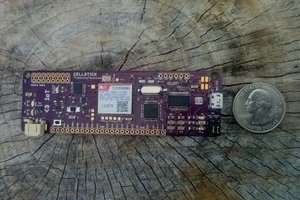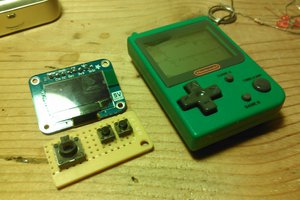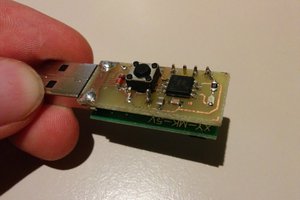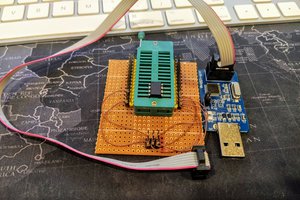Ease of prototyping software - hardware interfaces
Once we get to testing out electronics, chips, components and I/Os, we are limited to working in a fully equiped lab when most of the time, all we need is a simple debug circuit, flashing LED, variable voltage divider (potentiometer) or such to unit test parts of our code and our components.
So we usually skip the unit tests, we work on all the code and then go to the lab to work on all the electronics. Once it's all built up, we plug them together and we end up having to debug a complete system which is very complex and often inefficient.
This "Cyberdeck" of sorts can merge these two disciplines together as it makes basic electronics always available and hence, there is no more excuse to avoid testing along the way. This makes the development process much more seamless and efficient!
Education
This project is ideal to educate younger generations who are learning electronics because they have all the rudimentary things they need to play with sensors, solder small circuits anywhere and quickly test the real world outputs of their software packages. It's like an Arduino UNO kit integrated inside a computer with a powerful soldering iron always available!
The PLANKuter makes the access to the header pins of the Lattepanda really convenient as they are all right above the keyboard. The LattePanda 3 Delta has an Arduino MCU on it's PCB that you can program right from the Arduino IDE running on the main x86 computer. So it's not "as if" you had an arduino uno inside a computer, you actually have a real one!!!
In addition to the arduino pins, there are pins for the main x86 SBC and 12V, 5V, 3.3V, GND power pins accessible right from the top of the PLANKuter.
 Protolino Official
Protolino Official







 j0z0r pwn4tr0n
j0z0r pwn4tr0n

 parasquid
parasquid
This is rad! I'm currently fantasizing about how cool I would look whipping one of these out when I get called to fix someone's console radio that's too big to move.
Also, if you want some temptation for feature creep, you could integrate some parts of my project, Jumperless to make it do the jumpering for you.
https://hackaday.io/project/191238-jumperless
But also don't get sidetracked with that, I'd just love to see this thing finished as it is.